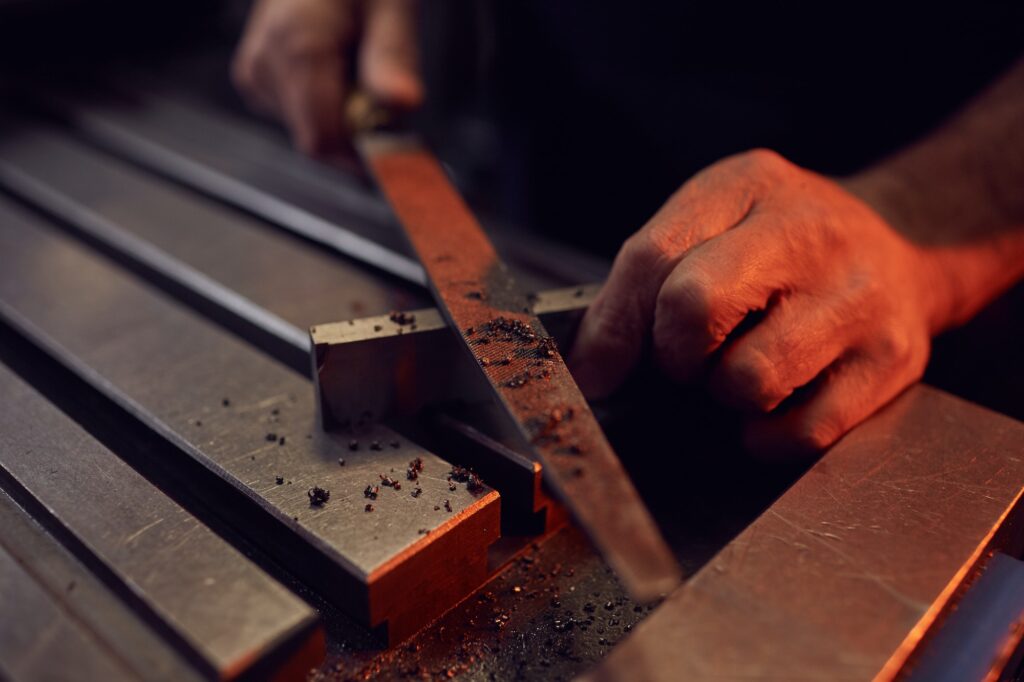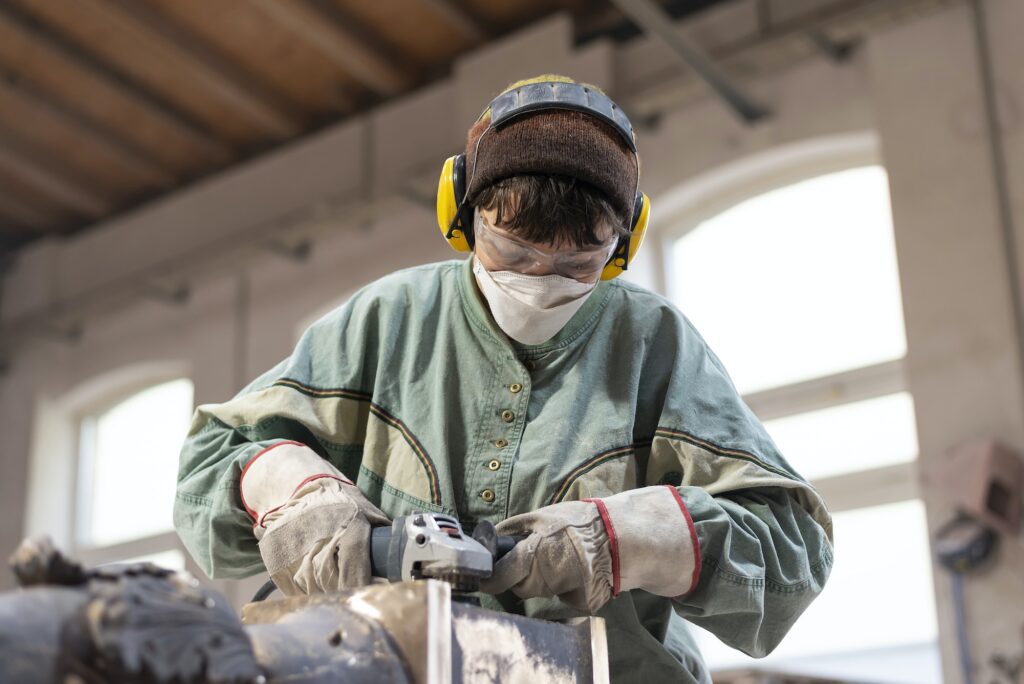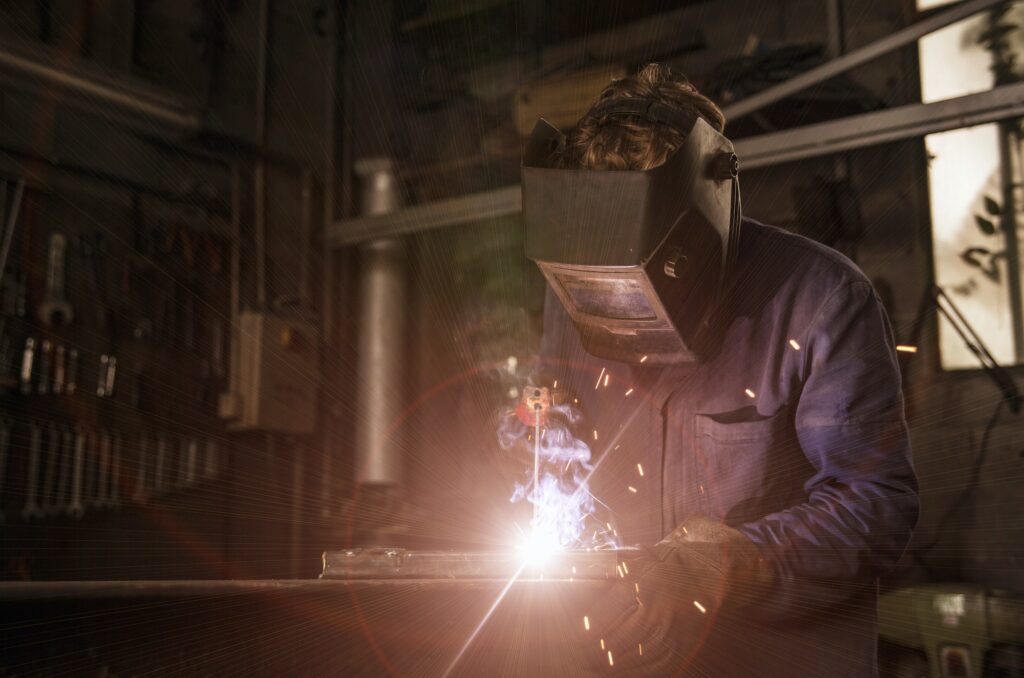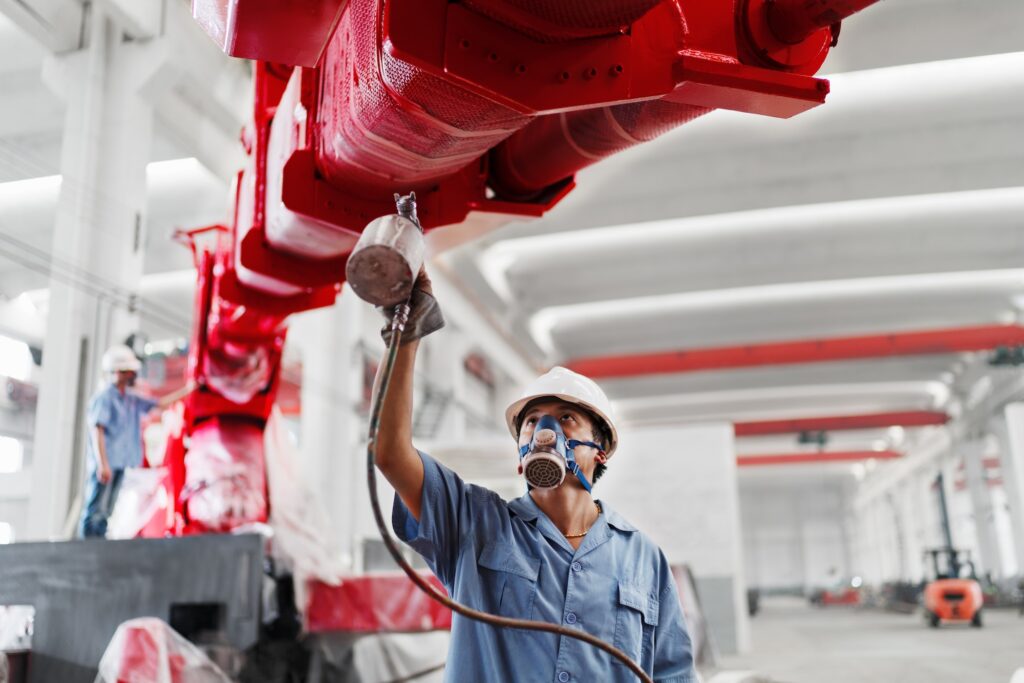Introduction
Iron castings are often used in a variety of manufacturing and construction applications because of their strength and durability. However, even the best products sometimes have small surface defects. If these defects are not repaired, they can lead to corrosion and a reduction in the life of the casting. In this article, we will discuss five remedies for repairing small defects in iron castings.
1. Filing
Filing is a common method for repairing small defects on the surface of iron castings. This method can be used to remove small holes, casting defects, surface rust and minor paint defects. It is a low cost, simple and effective method to repair minor surface defects. Filing can be used to achieve the desired surface finish and improve the appearance of the casting.
When filing, it is important to use the proper size and shape of file to get the job done. The direction in which the file moves over the casting should also be considered. In order to use this process successfully, the file must maintain a small angle with the surface of the iron casting. After each few strokes, it is important to check that the progress achieved is consistent and accurate.
The goal should always be to produce a smooth, even surface with the following characteristics:
– No visible defects
– Smooth, even surface finish
– Precise size and shape

Filing is usually done by hand, but can also be done automatically using special machines. Automatic filing is faster and more accurate than manual filing. However, it is usually more expensive, as the machines require specialized training and regular maintenance.
Regardless of the method used, filing is an important step in the restoration of iron castings. It is a low cost and effective way to eliminate small defects from the surface of a casting. With proper care, it can help improve the quality and appearance of castings for many years to come.
2. Grinding
Grinding is another process that can be used to repair small defects on iron castings. A grinding wheel is used to remove small amounts of material from the surface, which helps to even out any irregularities. This process is often used to repair minor cracks, shavings and other surface defects.
It is important to note that grinding can only repair small defects in iron castings. It cannot be used to repair deeper defects or damage that compromises the integrity of the casting. If the casting has larger problems, such as a broken core or cracks, it will need to be repaired in other ways.
Grinding is a fast and effective method of restoring the surface of iron castings. The process can be done quickly with minimal disruption to production and allows for a quick turnaround. In addition, grinding does not require any additional materials or tools, making it an affordable repair option.

When using grinding to repair small defects on iron castings, it is important to use the correct grinding wheel for the job. The wrong type of grinding wheel can cause further damage and create more work for the repair job. It is also important to be careful about the amount of pressure applied during the process, as too much pressure can cause additional damage.
Grinding is a good method given its economy and effectiveness. It can help prevent further damage from occurring. If these defects are not addressed, they can cause corrosion and other problems that can lead to more serious problems.
Addressing these small defects through grinding can help ensure that the iron casting is in a good condition and will last for many years. By taking the time to properly fix these small defects, you can help save on larger repair costs in the future.
3. Polishing
Polishing is an important step in the iron casting process and should not be overlooked. It is important to address small surface defects as early as possible because if left untreated, they can lead to bigger problems down the road. Polishing repairs can help improve the overall quality of the casting, making it more aesthetically pleasing and extending its life.
In addition to addressing minor surface defects, polishing can improve the surface finish of the casting. It helps smooth out any rough edges or imperfections that may have existed during the casting process, resulting in a more uniform and refined appearance.

Polishing can also help reduce corrosion, which is common on iron castings. By providing a protective layer, corrosion is less likely to occur, thus increasing the life of the casting.
Polishing can help reduce further damage that may be caused by rust or other contaminants. By removing these contaminants and reducing moisture on the surface, it helps prevent future contamination and damage.
Furthermore, polishing can improve the overall strength of the casting. By removing any remaining contaminants and further smoothing out any defects, the casting is better able to resist pressure or other types of external forces.
In conclusion, polishing your iron castings should not be overlooked. It helps to ensure that minor surface defects are addressed at an early stage.
4. Welding
Welding can be used when repairing small defects in iron castings. It is important to ensure that the welding process is carried out correctly, as any errors can cause further damage or weaken the casting.
Common welding methods for iron castings include arc welding, oxy-fuel welding, and metal inert gas (MIG) welding. Each type of welding has its own benefits and drawbacks.
The advantage of arc welding is that it is easy to use and can be used for quick, small repairs. However, the disadvantage of this method is that it does not produce a strong bond on thin metals. Oxyfuel welding is also suitable for small repair jobs, but has the potential to cause thermal damage because it requires high temperatures to fuse the metals together. mIG welding produces a more uniform and stronger weld than arc welding because it can penetrate thicker metals, but requires more skill and experience to use.

Regardless of which type of welding is used, welders must be trained in proper techniques and safety procedures. The environment must also be safe and free of any possible hazards.
It is important to note that welding can place some additional stress on iron castings, especially when used to repair defects. The temperature during welding can cause further damage and should be carefully monitored. In addition, any welds should be smooth and uniform, without any air pockets, to ensure a strong, long-lasting repair.
By taking the time to properly inspect and use welding to repair iron castings, you can extend the life of iron castings and help them perform better over a longer period of time. Proper welding techniques can also help prevent further damage from occurring in the future. With proper maintenance and regular repairs, iron castings will last for many years.
5. Painting
Painting is also a common method used to repair small surface defects in iron castings. The most common method is to use a brush or airless sprayer to apply a thin layer of paint to the affected area. This helps to conceal the defect and reduce its visibility.
In addition, spray painting can help protect cast iron from corrosion and wear caused by environmental factors such as humidity, temperature and chemicals. It should be noted that this method does not provide a permanent solution and may need to be repeated periodically.

The importance of painting restoration of iron castings cannot be overemphasized. It helps increase the life of the casting, improves its aesthetic appeal, and helps maintain its value over time.
By repairing minor surface defects, iron casting products can look as good as new. This will not only increase the life of the item, but also its value and usability. Painting also helps prevent corrosion and other environmental factors that will reduce the life of iron castings.
In summary, paint restoration is an important part of maintaining and preserving the integrity of iron castings. It helps to reduce the visibility of small surface defects and protects them from corrosion and wear. Regular maintenance of painted cast iron products will help to extend their life and value.
Conclusion
These are five remedies that can be used when repairing small defects in iron castings. Although some of these methods may require specialized tools and equipment, they are all very effective methods for repairing minor defects in the surface of iron castings during practical production.
In addition, they can help prevent corrosion and ensure the longevity of the casting. Therefore, if you find small surface defects in your iron castings, take the appropriate remedial action as soon as possible.
We are Castimoo, a Chinese supplier specializing in the production of iron castings. Our ductile iron and gray cast iron products have received high praise from domestic and foreign customers, and we hope our products and services can also bring you greater benefits.
